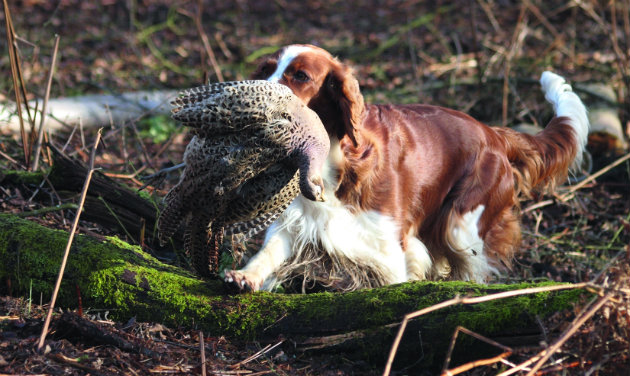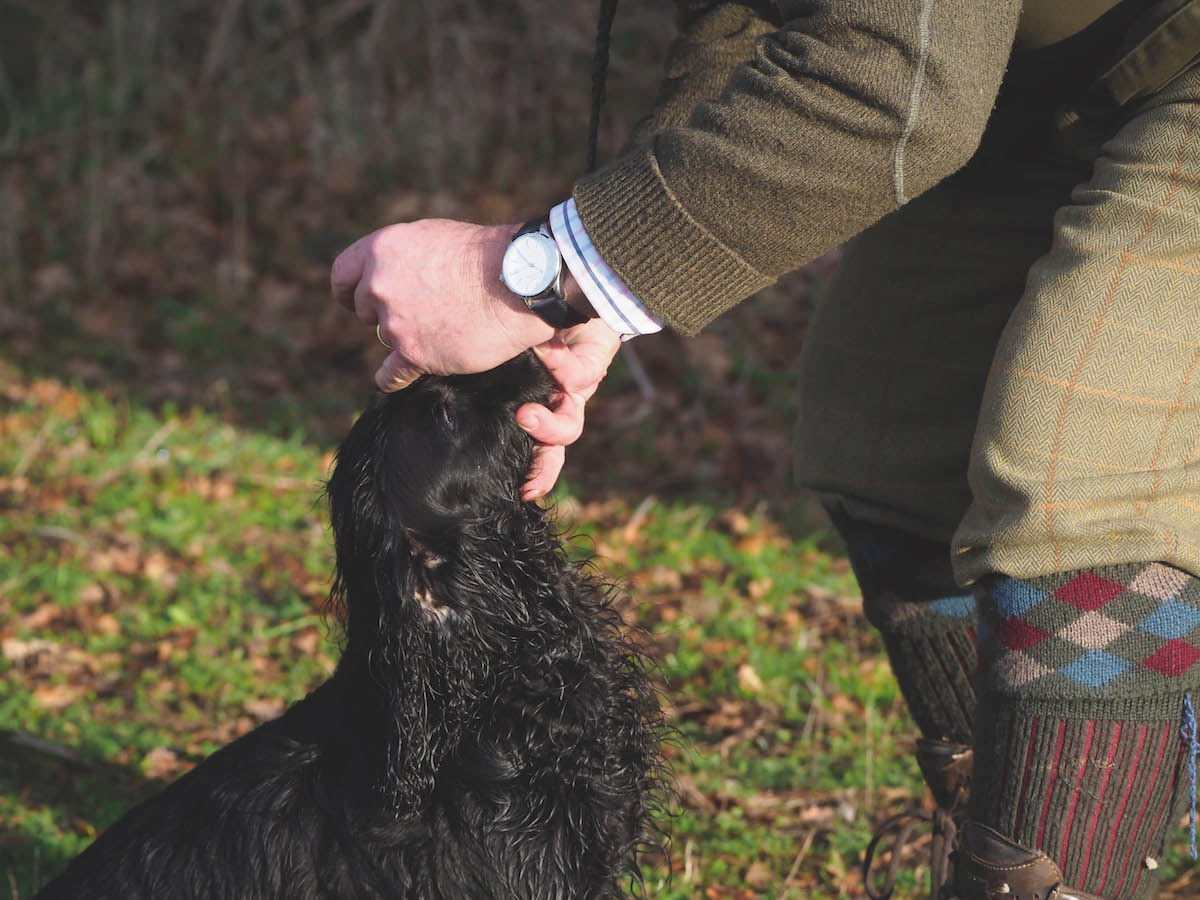How Camrosa can treat spaniels with skin problems
Working spaniels are particularly susceptible to picking up mites that irritate their skin, causing great discomfort, but help is at hand with Camrosa says David Tomlinson

The owner will have to prove that the dog works
FOLLOWING A RECENT column when I wrote about problems with working spaniels’ ears, I had a charming letter from Edwina Le May, founder and director of the company that markets Camrosa Ointment. It is aimed specifically at treating animals with skin problems, especially those caused by mites. Though I was aware of Camrosa, I’d never tried it, but when I mentioned it to friends I discovered that several had used it with success.
Great faith
Intrigued, I decided to learn more, so during a visit to Sussex I met Edwina on her 100-acre organic farm. She is in her 70s and, due to a hunting accident, walks with the aid of sticks, but though she may appear frail she lacks neither determination nor enery, and with Camrosa she has a product that she really believes in. It was quite clear that she cares passionately about animals, and has great faith that her product can help those with skin problems have a better quality of life.
The origins of Camrosa
The story of Camrosa goes back 30 years, to when Edwina bought a four-year-old pony for her daughters Camilla and Rosanna. The pony was named Woody, and he came close to being put down because he suffered so badly from severe sweet itch or pruritus. This is a fairly common but little-understood problem with horses, and is caused by an allergic reaction to the bites of the Culicoides midge. It leads to the horse biting or rubbing the a ected area, and can result in raw and broken skin and loss of mane and/or tail. In extreme cases affected horses cannot bear to be saddled.
A number of medicines were tried on Woody but none worked, so Edwina decided to develop her own treatment. The ointment she eventually formulated succeeded and as a result Woody enjoyed a long career competing at national level in many disciplines, ranging from eventing to Pony Club mounted games.
Problem of fox mites
The story might have ended there, but some years later Edwina was persuaded to market her product. She did this with veterinary encouragement and with the Veterinary Medicines Directorate’s guidance. Camrosa Ointment went on year the market in 1997, soon gathering a loyal following from people who had tried it and found that it worked. Not only was it effective on horses and ponies, but it was also soon found to be equally useful for dogs with similar allergic problems, particularly those caused by fox mites. The problem of fox mites (sarcoptic mange) has become much more widespread in recent years.
Owners of dogs with fox mite were coming to Edwina, the cases so severe that the dogs are close to being put down. “In the majority of cases the dogs have been tested by the vet for mite with skin scrapes and biopsies, but with negative results, while changes in diet have also been ineffective,” she said. “Many dogs have been on steroids for long periods to ease the intense irritation, which does not deal with the cause of the problem.
“The typical symptoms of fox mite are scurfy, scaly, dry skin: the intense irritation the dog suffers leads to damaged and broken skin which then weeps. Our advice is to follow our instructions with the ointment application for 28 days — the life cycle of the mite — and if that works to draw their own conclusions. The dog should be shampooed first to clean the skin of scurf and debris before working Camrosa into the skin. The mites cannot feed or breathe in the ointment and therefore die.”

Millie the springer developed unsightly calluses on her rear end due to constantly twisting to scratch
Protecting spaniels in dense cover
One of the advantages of Camrosa is that it is water-repellant, and can be applied to paws, bellies, ears and tails of working dogs, making it particularly useful for protecting spaniels working in dense cover such as brambles or thorns. It is equally effective in allowing dogs with cuts or grazes to continue working despite their minor injuries, because it prevents mud or dirt getting into their wounds.
For doubters of the effectiveness of Camrosa, Edwina has a sheaf of testimonials from satisfied users, such as Jan Copsey who wrote to say: “I became aware of Camrosa 16 years ago. I used it first on my working cocker spaniels, especially on the bellies, ears and tails as a protection against snagging in dense cover and treating all the little cuts they got after a hard day’s working in the field.
“Not only did it promote healing but acted as a barrier and gave protection as well. I now use it on my Labrador and would recommend it for any shooting dog owner.”
Edwina also showed me many before-and-after photographs, most featuring sad pictures of balding or scratching dogs, followed by much happier shots of the same dogs after treatment.
There was Millie the smelly springer whose itchy skin was driving her to distraction, resulting in frantic scratching and large, unsightly calluses on her backside, the result of swivelling in a desperate bid to get at the itch. After two months of treatment Millie was no longer smelly, had stopped scratching and had lost the calluses.
Camrosa isn’t a miracle cure, but I have seen sufficient evidence that for many (if not all) dogs with skin problems, it can be a great help. For more details or personal help, call Camrosa Equestrian, tel 01892 783240, or visit Camrosa.









